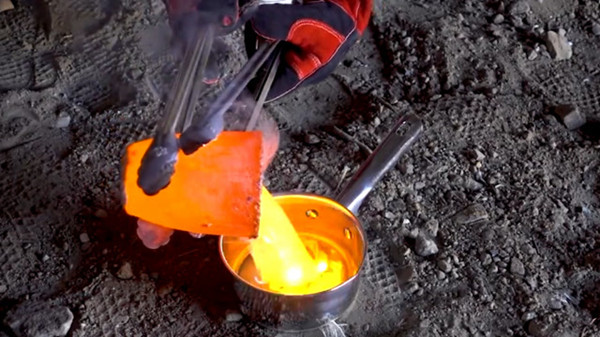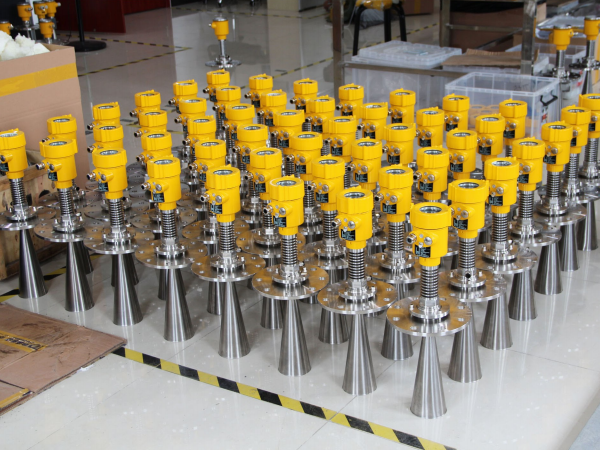The storage and handling of high-temperature and corrosive substances have always been one of the challenges in measurement technology.
Especially in the energy, chemical, and metal processing industries, high-temperature molten salt, as an important heat carrier and chemical reaction medium, the accurate measurement of its level plays a crucial role in ensuring production safety, improving energy efficiency, and reducing material loss.
This article aims to introduce the characteristics of high-temperature molten salt and discuss the application of radar level gauges in the measurement of high-temperature molten salt with examples.

High-temperature molten salts usually refer to mixtures of salts with temperatures exceeding 300 degrees Celsius. They have characteristics such as good thermal stability, high thermal conductivity, and low vapor pressure.
These properties make high-temperature molten salts an ideal heat transfer medium and are widely used in fields such as solar energy storage, nuclear reactor cooling, and metal material processing.
However, the strong corrosiveness, high viscosity of high-temperature molten salts, and their strict requirements for the environment pose significant challenges to traditional level measurement technologies.
Among many measurement technologies, radar level gauges have become the ideal choice for the level detection of high-temperature molten salts due to their non-contact measurement characteristics. Radar level gauges determine the level height by emitting microwave signals and receiving the reflected signals.
They are not affected by changes in the temperature, pressure, density, and electrical conductivity of the medium, and are particularly suitable for the measurement of high-temperature, high-pressure, and corrosive media.

Take the molten salt storage tank of a certain solar thermal power station as an example. This site uses a radar level gauge for the level monitoring of molten salt.
In this practical application case, the working temperature of the molten salt is as high as 565 degrees Celsius, and it contains a variety of highly corrosive chloride salts.
Float balls, magnetic flap level gauges, etc. failed due to their inability to withstand high temperatures or being prone to corrosion. After adopting the radar level gauge, not only the real-time monitoring of the level of high-temperature molten salt was achieved, but also the accuracy and reliability of the measurement were improved.
When installing the radar level gauge, it is necessary to consider the influence of factors such as steam that may form in the molten salt tank, foam, and molten salt sputtering on the measurement.
Therefore, a high-frequency radar level gauge is usually selected and combined with a dedicated antenna design to reduce the influence of these interfering factors on the measurement results.
At the same time, in order to protect the equipment from high-temperature damage, a cooling system is also required to ensure the stable operation of the radar level gauge.

Through this practical case, it can be seen that the radar level gauge shows unique advantages in the field of high-temperature molten salt measurement.
It can not only adapt to extreme working environments, but also provides high-precision and high-stability measurement data, providing strong technical support for the monitoring and control of related industrial processes.
